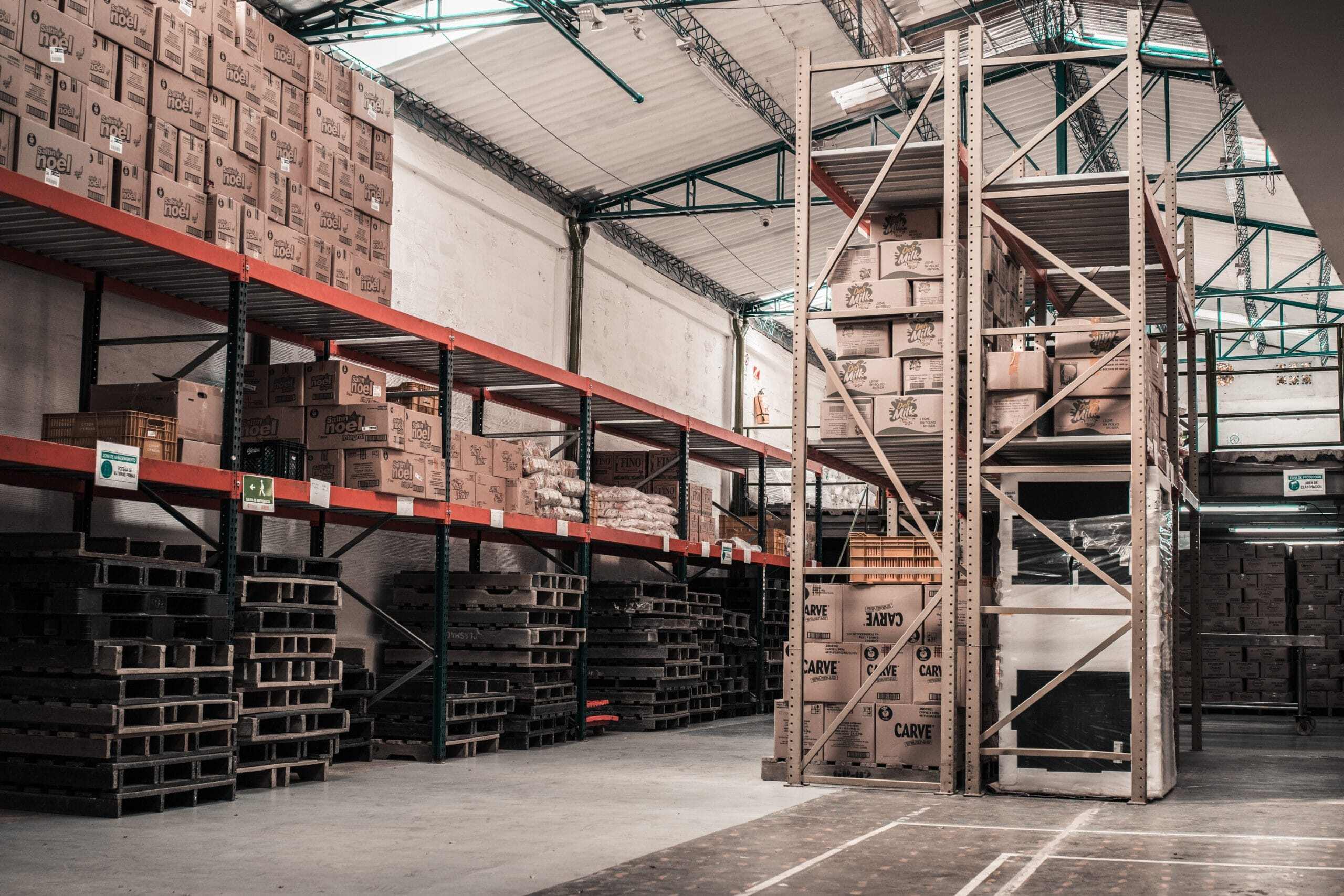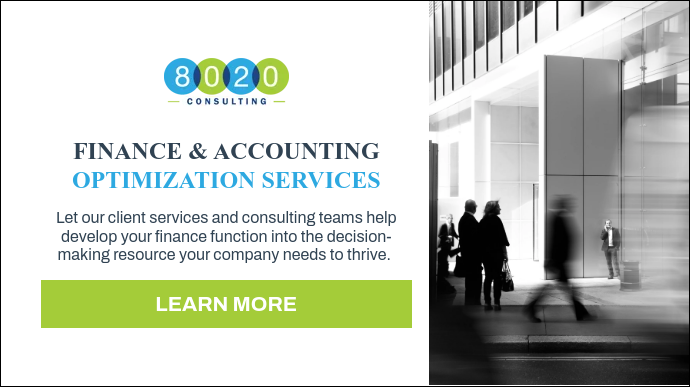In times of economic and business uncertainty it is critically important for a business to be agile and proactive with expense and working capital management. SKU Rationalization, also known as SKU Optimization or Product Rationalization, is the process to determine if a particular SKU (Stock Keeping Unit) should be kept, discontinued and whether a company should make changes to its inventory profile. Ideally this exercise should be done once or twice a year.
Collecting and Organizing Current Data
If you haven’t already done so, begin collecting historical sales data. A good starting point would be to analyze two years of historical sales data to identify the top selling items, breaking them into eight quarterly or 24 monthly buckets. Factors such as industry, business life cycle and seasonality will help determine whether you use monthly or quarterly time periods. Having a robust ERP system or Business Intelligence (BI) software can make this task easier.
First Steps in Analyzing Your Data
- Organize a cross functional team. This shouldn’t be a job for just the Operations team. Input will be required from Sales, Marketing and Accounting/Finance. Establish clear boundaries and project objectives.
- Identify strategic products. Identify SKUs you like to keep. Then begin analyzing the data on each SKU such as demand, profitability and common pack sizes.
- Review market segments and channels. Expertise from a member of the Sales and Marketing team will help you understand the customer requirements and what sales channels and segments are operating best. It may be an opportunity to revisit your current sales segments.
- Stratify your sales data. After compiling the sales data, you can stratify the items in bands and classify items as A, B, C, and D products. “A” products would be the items making up the top 25% of sales. “B” products account for the next 25% of sales, and so on.
Next Steps: Other Characteristics
You’ll also want to review other SKUs considering these characteristics:
- Erratic Demand: Products with high sales one period and then little or no sales for several periods can be hard to forecast.
- High Customer Returns: Products that have high return rates have quality issues and make forecasting revenue and working capital more challenging.
- Demand Declines: Products that have steep or sudden decline in sales may be a result of rapid technological changes or regulatory issues.
- Low Demand with High Handling Costs: Inventory items that require special handling and are slow moving will require more resources and special storage considerations.
- High Setup or Labor Costs: Products that require setup or configuration will require more labor and expertise increasing carrying costs.
- Strict Import Control: Products that are sourced from overseas will have to pass through customs and inspection and be subject to macroeconomic effects like trade agreements.
- High Currency Risk: Inventory purchased from overseas may be required to be purchased in foreign currency. This can expose the company to risks in product costs and in working capital when it is time to pay suppliers.
- Long Lead Times: Products that take an extended time to be received from your suppliers can disrupt your supply chain and can put customer relationships at risk.
- High Stock Out: Products that are regularly out of stock and unavailable from your suppliers/vendors will make it hard to forecast revenue and can lead to unhappy customers.
Benefits of SKU Rationalization
There are a wide range of benefits of this exercise, including:
- Reduced Inventory Write-Offs: Eliminating slow moving products from your inventory profile can result in the reduction of inventory reserves and subsequent write-offs which will have a direct impact on EBITDA.
- Vendor Rationalization: Identifying your strategic products may reduce your need to source from multiple vendors. Buying more products from fewer vendors can help you reduce unit costs through buying in higher quantities from those vendors. Establishing stronger relationships with fewer vendors may allow you to negotiate better prices and/or payment terms. This can increase both gross margin and working capital.
- Improved Working Capital Metrics: Optimizing your SKUs can lead to an increase in inventory turnover. Inventory will spend less time on the shelf in the warehouse and turn into sales faster.
- Increased Access to Capital: Many companies utilize asset back lending, with Accounts Receivable or Inventory being used as the collateral for lending. Lenders typically exclude past dues receivables and obsolete inventory from their calculations when determining caps on lines of credit. During difficult periods having access to capital will be critically important to meeting obligations to both employees and customers.
- Improved Customer Satisfaction: Maintaining a better mix of inventory will lead to improved customer satisfaction because of reduced stock-outs and more efficient shipping of orders. Strong customer relationships can help your company thrive during difficult economic times.
- Reduced Labor Costs: Eliminating slow-moving items means less time putting away and maintaining slow moving items and utilizing that labor to ship orders to customers reducing order fulfillment time.
- Lower Carrying/Borrowing Costs: A streamlined inventory profile may lead to lower interest expense if you are using inventory as collateral for an ABL (Asset Backed Lending) line of credit. Carrying less inventory on-hand may result in lower insurance premiums.
- Improved Warehouse Management: Identifying high volume SKUs can help organize your warehouse to improve picking and packing, leading to improved efficiency and reduced costs.
Learn more about getting support from 8020 Consulting.
8020 Consulting offers a wide range of finance consulting services and a team of 100+ finance and accounting consultants ready to deploy to support your objectives. If you’d like to learn more about our finance and accounting optimization services, which include SKU rationalization, download our service sheet:

